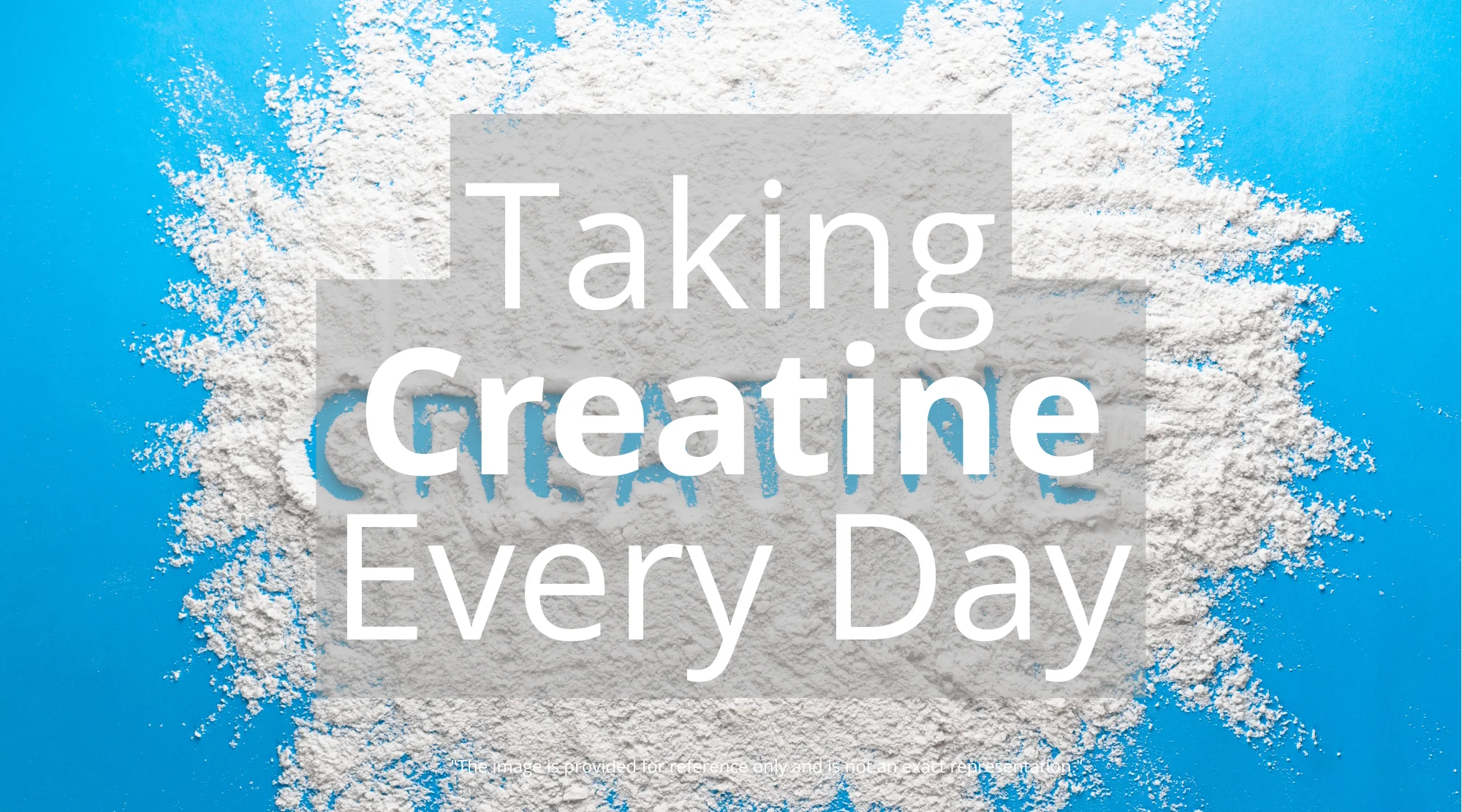Can Running Make You Lose Muscle? Debunking the Myths and Building a Stronger You
The fear of losing hard-earned muscle mass is a common concern among fitness enthusiasts, especially those who enjoy running. Many believe that incorporating running into their routine will inevitably lead to muscle loss, hindering their strength goals. However, the reality is far more nuanced. The good news is that it is possible to maintain, and even gain, muscle while running. It’s all about understanding the interplay between training, nutrition, and recovery. This article delves into the science behind muscle loss and running, providing you with a comprehensive guide to achieve your fitness goals without sacrificing your physique.

Unpacking the Muscle Loss Myth: Why Running Sometimes Gets a Bad Rap
The misconception that running inevitably leads to muscle loss stems from a few key factors. First, running is an energy-intensive activity. Your body needs sufficient calories, carbohydrates, and protein to fuel your runs and repair muscle tissue. If you’re not adequately fueling your body, it may turn to your muscles for energy, a process called catabolism. This is especially true during prolonged periods of calorie deficit, or when there’s insufficient recovery time.
The intensity and duration of your runs also play a significant role. High-volume training, like preparing for a marathon or running excessive distances weekly, can increase the risk of muscle breakdown if you’re not eating enough and recovering properly. However, for those who run moderately or incorporate running into a well-rounded fitness plan, the risk of significant muscle loss is actually quite low. In fact, running can strengthen your legs, improve your overall strength, and even contribute to muscle growth when combined with strength training.
Fueling Your Runs and Protecting Your Muscles: The Crucial Role of Nutrition
Nutrition is the cornerstone of any fitness plan, and it’s especially vital if you want to run without losing muscle. The goal is to provide your body with the resources it needs to perform, recover, and build muscle.
- Caloric Intake: Ensure you’re consuming enough calories to meet your energy expenditure. A sustained calorie deficit, where you’re consistently burning more calories than you consume, will increase the chances of your body breaking down muscle tissue for fuel.
- Prioritize Macronutrients: Focus on a balanced intake of carbohydrates and proteins, which are essential for both energy replenishment and muscle building and repair.
- Hydration: Stay well-hydrated. Proper hydration supports overall bodily functions and helps the body recover after intense workouts.
A well-balanced diet is essential for optimal health, not just for runners.

The choices you make in the kitchen can significantly impact your ability to reach your health goals, as discussed in this article on Transform Your Health: How Diet Choices Shape Your Longevity & Well-being.
Strength Training: The Perfect Running Companion for Muscle Retention
Strength training is critical for maintaining and even building muscle while running. Here’s why:
- Counteracts Catabolism: Strength training helps mitigate muscle breakdown caused by the energy demands of running. The focus on building muscle can offset the catabolic effects of your running workouts.
- Enhances Performance: Strength training improves your running efficiency by increasing power and endurance.
- Boosts Metabolism: Muscle tissue is more metabolically active than fat, meaning you’ll burn more calories, even at rest.
To maximize the muscle-building effects of strength training, focus on compound exercises that engage multiple muscle groups. Think squats, deadlifts, bench presses, and overhead presses. Be sure to include the variety in your workouts. For example, you can swap out regular squats for the Re Ho Squats: Master Your Legs & Glutes with This Fun Workout.
Optimizing Your Running Routine for Muscle Preservation
The way you structure your running workouts can also impact muscle retention. Consider the following:
- Warm-up and Cool-down: Always prepare your body for the run with a proper warm-up, and follow it up with a cool-down and stretching.
- Interval Training: This method alternates between short bursts of high-intensity running and active recovery periods. Interval training can improve your speed, boost your aerobic capacity, and burn fat without sacrificing muscle.
- Vary Your Runs: Experiment with different running distances, terrains, and intensities. Variety challenges your muscles in new ways, promoting adaptation and growth.
The Importance of Rest and Recovery
Recovery is just as critical as training. Overdoing it can lead to overtraining, increasing your risk of injury and muscle loss.
- Prioritize Rest Days: Include rest days or active recovery sessions in your schedule.
- Listen to Your Body: Pay attention to your body’s signals. If you’re experiencing excessive fatigue, persistent soreness, or decreased performance, it’s time to adjust your training or increase your rest.
- Prioritize Sleep: Aim for 7-9 hours of quality sleep each night. Sleep is essential for muscle repair and overall recovery. The Power of Sleep: Why Prioritizing Rest is Crucial for Your Health.
Beyond Running: Holistic Lifestyle Choices for Muscle Preservation
Maintaining muscle goes beyond just running and strength training. Lifestyle choices have a significant impact on your overall fitness.
- Manage Stress: Chronic stress can lead to elevated cortisol levels, which can trigger muscle breakdown. Find healthy ways to manage stress, such as meditation, yoga, or spending time in nature. The article, Cortisol and Brain Health: How Chronic Stress Impacts Cognitive Function, provides some ideas for managing stress.
- Avoid Over-Training: Pushing yourself too hard, too often can lead to muscle breakdown.
- Monitor Progress: Keep track of your training, nutrition, and progress. This will help you identify patterns, make adjustments, and ensure you’re staying on track toward your goals.
Building a Stronger, More Resilient Body: Putting It All Together
The key to running without losing muscle is a well-rounded approach. This includes a balanced training plan, a nutritious diet, and adequate rest and recovery. By combining strength training with your running workouts, fueling your body properly, and allowing for sufficient rest, you can reap the many benefits of running without sacrificing your hard-earned muscle.
Remember, consistency is the key. Stick to your plan, listen to your body, and adjust as needed. You can run and build muscle.
Supplements and Muscle Preservation: What You Need to Know
While proper nutrition and exercise are the cornerstones of muscle preservation, certain supplements can support your goals.
- Protein Powder: Protein supplements can help you meet your daily protein intake, especially after intense workouts. Protein is crucial for muscle repair and growth.
- Creatine: Creatine is one of the most well-researched and effective supplements for increasing muscle mass and strength. This is discussed in the article Creatine: The Ultimate Guide to Benefits, Risks, and How It Transforms Your Body.
- Branched-Chain Amino Acids (BCAAs): BCAAs can help reduce muscle soreness and fatigue, aiding in recovery.
Important Note: Always consult with a healthcare professional or a registered dietitian before starting any new supplement regimen.
Running, Muscle, and Individual Goals
The perfect balance of running and strength training will vary from person to person. Consider your goals and tailor your plan accordingly.
- Running Performance: If your primary goal is to improve your running performance, you may need to prioritize running volume and intensity, with strength training as a supplement.
- Muscle Building: If your goal is muscle gain, strength training should be your priority. Running should be incorporated as a complementary activity.
- Weight Loss: If you want to lose weight, a combination of running, strength training, and a calorie-controlled diet is ideal.
The Future of Fitness: Combining Running and Strength Training
The trend in the fitness world is moving towards a more holistic approach to exercise. People are realizing that combining different training methods can be far more effective than focusing on just one activity. Running and strength training complement each other perfectly. They provide a well-rounded approach to fitness, improving your endurance, power, and overall health.

Conclusion: Run Smart, Build Strong
You don’t have to choose between running and muscle gain. With the right strategies, you can enjoy the benefits of both. Focus on balancing your training, fueling your body adequately, and prioritizing rest and recovery. By doing so, you’ll not only improve your running performance but also build a stronger, more resilient physique. Running can be a powerful tool to enhance overall health, and by carefully planning your approach, you can achieve your fitness goals without sacrificing muscle mass. Embrace a comprehensive approach that combines running, strength training, and proper nutrition. Start today, and you will see the rewards in both your performance and your physique.














1 comment